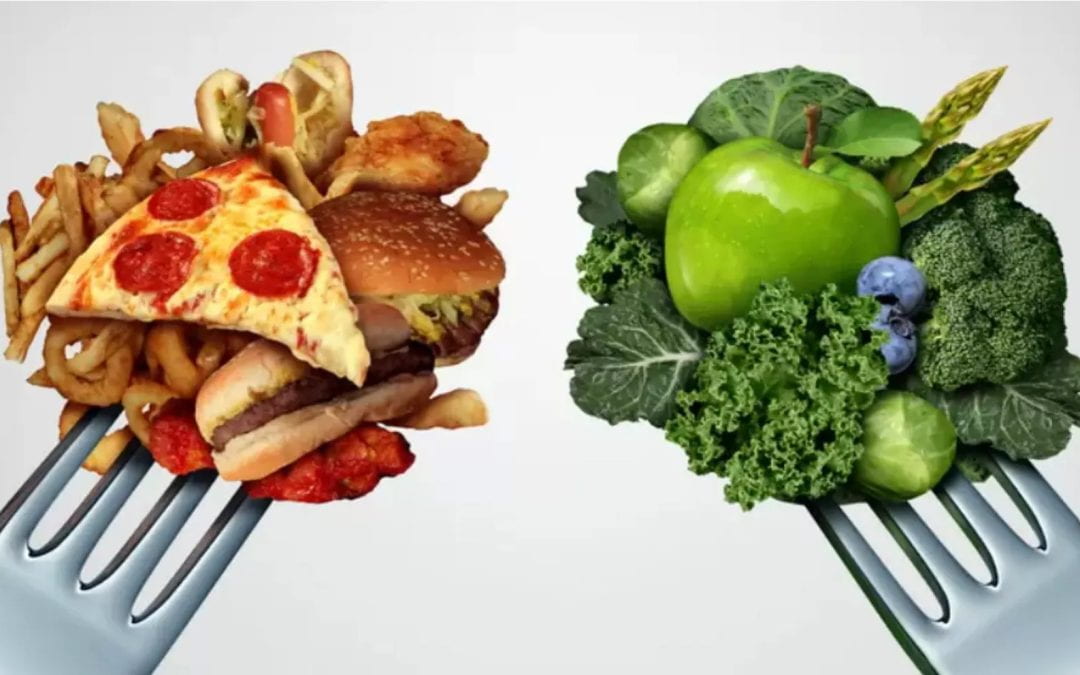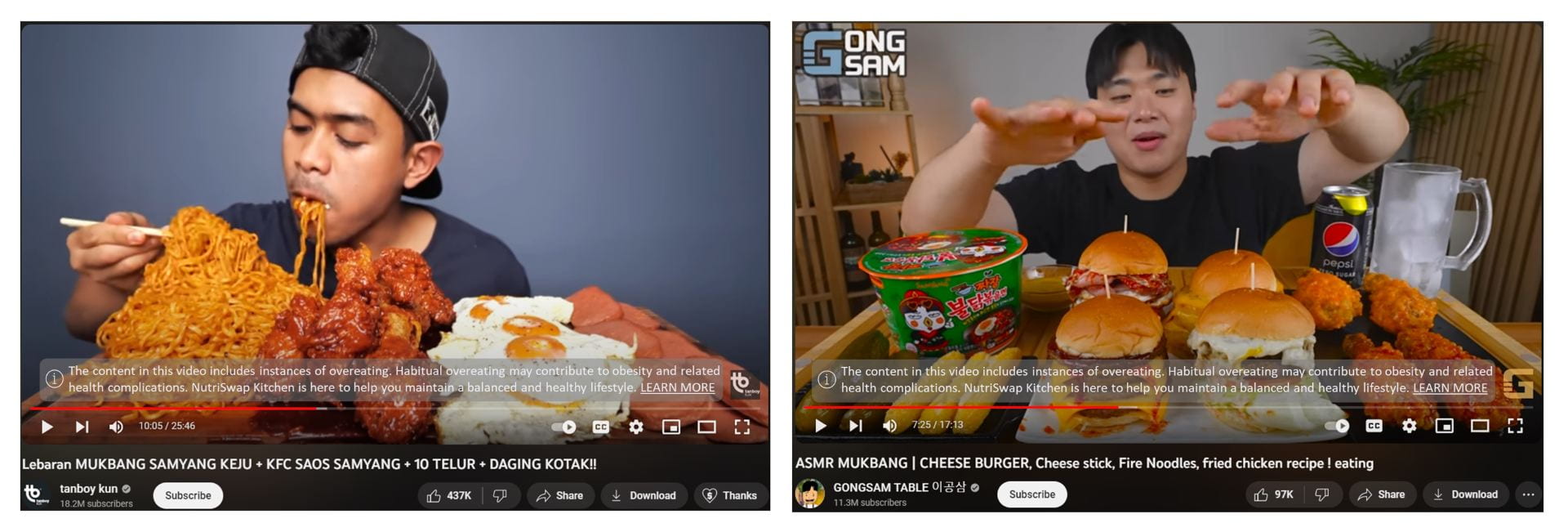
by cth07 | Nov 19, 2023 | Uncategorized
by Charbel Hanna Daou (MSBA 24)
In the heart of the Caribbean, Jamaica faces a startling reality: its soaring intentional homicide rate is not just a statistic, but a looming shadow over the nation’s future. This crisis goes beyond mere numbers, threatening the very fabric of Jamaican society and shaking the pillars of stability and safety that its citizens rely on. It’s a call to action, demanding not just attention, but a deep dive into the root causes and a strategic battle plan to turn the tide against this wave of violence. The urgency to address and mitigate this issue couldn’t be more pressing, as the fate of Jamaica’s well-being hangs in the balance.
Delving into the Crisis
The alarming rise in Jamaica’s homicide rates over the past two decades is a cause for serious concern. The data shows an increase to 52.1 homicides per 100,000 people by 2021, a figure that not only stands out in the Caribbean region but also ranks highest on a global scale. This disturbing trend is indicative of deeper societal and systemic issues that need to be addressed with urgency and precision.
Strategic Approaches Aligned with SDGs
In response to this escalating crisis, two potential strategic solutions, in alignment with the United Nations Sustainable Development Goals (SDGs), present themselves as viable pathways to combat the high homicide rates:
- Increasing Government Health Expenditure (Aligned with SDG 3): This strategy focuses on the crucial role of health in society. By boosting government spending on health care, particularly in areas like mental health services and addiction treatment, Jamaica could tackle some of the underlying factors contributing to the high rate of homicides. The premise here is that better access to health services, including mental health care, can play a significant role in preventing violence and crime.
- Extending the Duration of Compulsory Education (Aligned with SDG 4): Education is a powerful tool for social change. By increasing the years of compulsory education, Jamaica could address several root causes of crime, including poverty and inequality. Education not only equips individuals with knowledge and skills but also opens up opportunities, promoting social mobility and reducing the likelihood of individuals engaging in criminal activities.
Learning from Global Experiences
The experiences of the Russian Federation and Colombia provide valuable lessons. Both countries have demonstrated a correlation between enhanced health expenditures, extended compulsory education, and a decrease in intentional homicides. In contrast, Jamaica’s relatively stagnant approach in these areas might be contributing to its high homicide rates. This comparison suggests that adopting similar strategies could yield positive results in Jamaica.
Government of Jamaica, Here’s What You Should Do
Given the evidence and the success of similar strategies in other countries, the following recommendations are proposed for Jamaica:
- Increase Health Expenditure: A substantial increase in health expenditure per capita, specifically by a minimum of $100, could significantly improve the quality and accessibility of health services. This step would not only address immediate health concerns but also contribute to the long-term goal of reducing violence and crime.
- Reform Education Policies: Strengthening and reforming education policies to extend the duration of compulsory education to at least 12 years is crucial. This change would have far-reaching effects, not only in educating the populace but also in providing them with better opportunities and reducing the likelihood of them resorting to crime.
In the face of its daunting homicide rates, Jamaica stands at a crucial crossroads. The journey ahead is challenging, but it’s also filled with opportunity. By adopting innovative strategies like increasing health expenditure and extending compulsory education, Jamaica isn’t just fighting crime; it’s reinventing its future. This bold move towards enhancing healthcare and education could be the key to unlocking a new era of peace and stability. Imagine a Jamaica where every citizen is empowered by knowledge and supported by a robust healthcare system. That’s the vision—a safer, stronger Jamaica, thriving in harmony and moving confidently towards a brighter tomorrow.

by cth07 | Nov 13, 2023 | Uncategorized
TEAM 3 – Full time
Houssem Chbichib, Charbel Hanna Daou, Manouella Helou, Chekri Khalife and Adam Salha
We’re sure you’ve heard your mother say this to you “Finish your plate, think of the children in Africa who go to bed hungry.” For centuries, the primary challenge in global nutrition was undernourishment, particularly in less developed regions. However, in recent decades, a significant shift has occurred, especially in developed countries, where the problem has paradoxically inverted. Today, unhealthy eating habits, accelerated by lifestyle changes and digital influences, have led to a dramatic rise in obesity and related health issues. But, why is this a critical issue in 2023, and how should we put a stop, or at least decelerate this trend?
Is Unhealthy Eating That Alarming?
The association of global nutrition statistics with economic indicators reveals a troubling trend in dietary habits, particularly in relation to caloric and fat intake within affluent nations. Empirical evidence, as illustrated by a scatter plot analysis, indicates a positive correlation between a nation’s gross domestic product (GDP) and its per capita daily caloric supply, which in many instances, exceeds the upper threshold of nutritional recommendations. The data, represented by a discernible upward trend line, suggests an average caloric intake ranging from 3400 to 3900 calories per day among high-GDP countries.
Tracking the fat supply per capita across continents over time shows that developed continents such as North America, Europe, and South America soar beyond the recommended daily fat range for a 2000-calorie diet, marked by a gray area on the chart. It’s conspicuous that the fat supply in these developed continents, significantly eclipses the recommended range.
Unhealthy Eating Reached a Peak, but Why?
The proliferation of social media platforms like YouTube and TikTok, has played a pivotal role in influencing global food consumption trends. These digital mediums are reshaping dietary habits, leading to an increase in consumption patterns that favor high-calorie, nutrient-poor foods.
Taking YouTube for example, the “Food & Drinks” category holds the leading position with 16 top channels, markedly surpassing the “Fitness” and “Health & Self-Help” categories, which have 3 and 2 leading channels respectively. This dominance is not limited to the number of channels; it extends to viewer engagement, as the “Food & Drinks” category also leads in terms of views and likes. These findings indicate a clear preference among YouTube audiences for content related to food and drink, as opposed to fitness or health topics.
Further analysis into the distribution of views between fast food and non-fast food channels reveals significant differences. Channels focused on fast food content show a greater variability in views, with some achieving exceptionally high viewership. This suggests that fast food content has a higher potential for going viral or capturing greater audience interest. Notably, the channel ‘Mis Pastelitos‘ stands out in the fast food category, averaging 2.3 million views per video, which is substantially higher than the most popular non-fast food channel, ‘Jessica Jane‘, with an average of 0.8 million views. This disparity highlights the stronger appeal of fast food content among YouTube viewers.
Notably, Google search engines show surprising results: the popularity of healthy food has been declining since 2021, while the search popularity of unhealthy food has been increasing. This is a significant change, as healthy food has consistently been more popular than unhealthy food in the past.
One explanation of this drastic change between 2021 and 2022 is that the COVID-19 pandemic has had a negative impact on people’s eating habits. During the pandemic, people were more likely to crave and order junk food. Additionally, the stress and uncertainty brought on by the pandemic may have led to comfort eating as a coping mechanism. With more time spent at home and disrupted routines, individuals may have found it challenging to maintain a healthy diet and instead opted for more convenient, albeit less healthy, food options.
Okay.. But How Does That Do Any Harm?
A 2016 research study, published in the US National Library of Medicine, revealed a significant correlation between fast food consumption and obesity in adults. The study found that adults consuming fast food more than twice a week had a 2.28 times greater likelihood of being obese compared to those who ate fast food less frequently than once a week. Furthermore, obesity is widely recognized as a contributing factor to various health issues.
Further analysis, showed a direct relationship between obesity and diabetes. The incidence of pre-diabetes and diabetes escalates in tandem with the severity of obesity, reaching its peak among individuals classified with Type III obesity.
Similarly, obesity is a major risk factor for hypertension. The prevalence of high blood pressure also increases progressively with obesity severity, culminating in the highest rates among those classified with Type III obesity.
This Has to Stop!
To curb the alarming trend of overeating and unhealthy eating, we propose three solutions:
Disclaimers
Disclaimers are warnings or statements that inform viewers about the content they’re about to see. Initially used for tobacco products to highlight health risks, disclaimers have been adapted for digital media, including YouTube, to flag potentially harmful or sensitive content.
Considering this, there’s a notable absence of disclaimers on food videos promoting unhealthy eating behaviors or binge eating on platforms like YouTube. Given the health risks associated with such content, similar to those posed by tobacco, the case for implementing disclaimers on these videos is compelling. This could help inform viewers and promote healthier eating habits.

NutriSwap Kitchen app
NutriSwap Kitchen is an engaging Streamlit app that adeptly transforms typical food cravings into nutritious meal options, enriched with access to nutrition experts and healthy food vendors. It’s a fantastic tool for anyone looking to balance indulgence with healthy eating.
Try NutriSwap Kitchen now and discover delicious, nutritious alternatives to satisfy your cravings!
#BreakAHabit Social Media Challenge
The #BreakAHabit challenge, launched on Instagram stories, is a creative social media initiative that we launched as a team. Similar to the viral #IceBucketChallenge, this challenge focuses on promoting healthy eating habits. Participants showcase their journey of choosing healthier meal options or transforming an unhealthy meal into a nutritious one.
It all started with the five of us nominating our friends, creating a ripple effect that expanded globally. As each participant shared their story, they nominated others, leading to a growing circle of impact. This challenge not only encourages healthier eating choices but also fosters a sense of community and inspiration on social media, as people from around the world are sharing now their unique approaches to adopting healthier habits.
Join The Movement
As we navigate the complexities of unhealthy eating in 2023, the landscape is set to change. Our proposed initiatives, including the strategic use of disclaimers on YouTube, the innovative NutriSwap Kitchen app, and the #BreakAHabit challenge are poised to reshape how people approach their dietary habits. Are you ready to be part of this transformation towards better eating habits?


